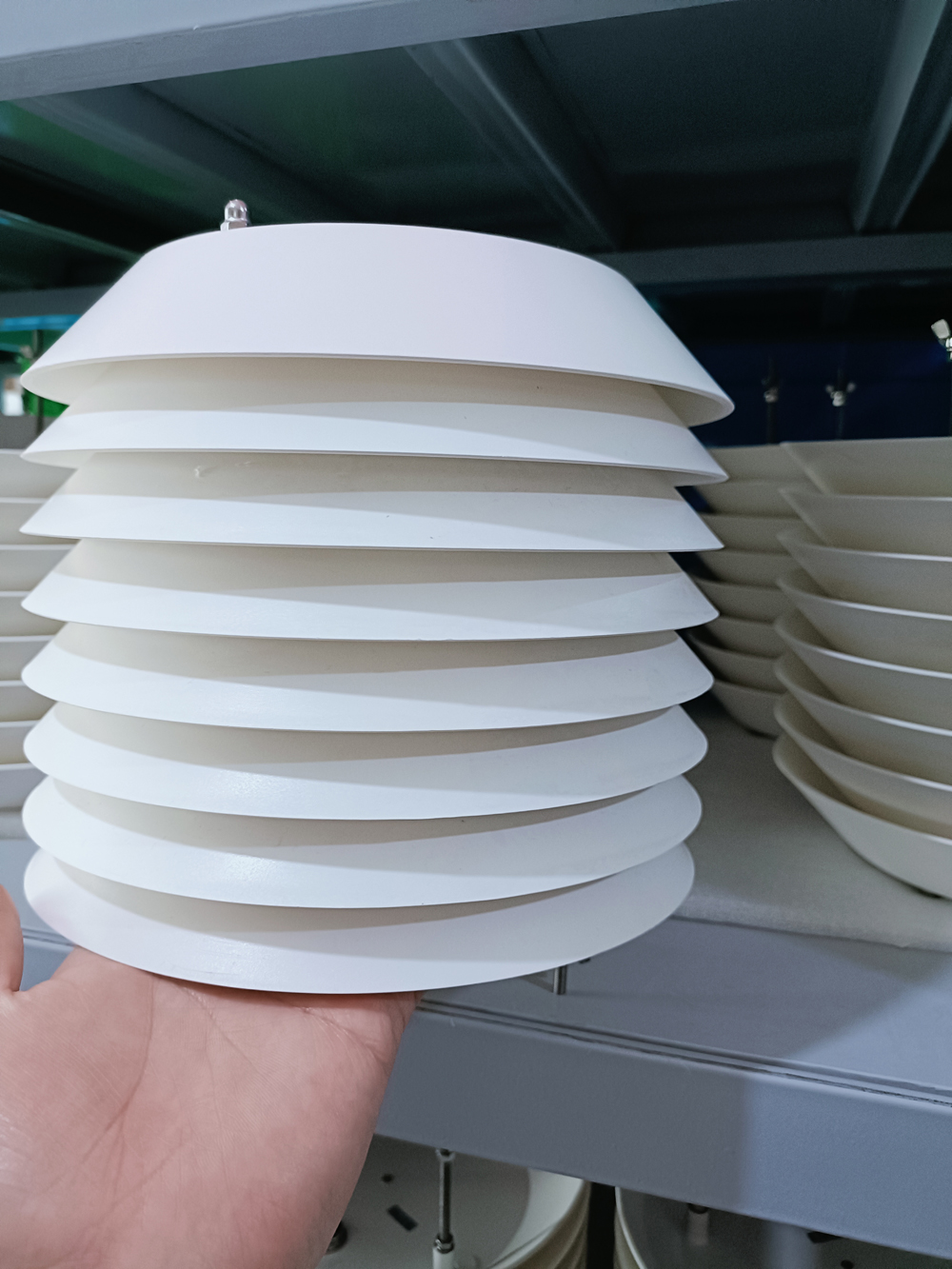

— Blogs —
—Products—
 Consumer hotline +8618073152920
Consumer hotline +8618073152920 WhatsApp:+8615367865107
Address:Room 102, District D, Houhu Industrial Park, Yuelu District, Changsha City, Hunan Province, China
Product knowledge
Time:2024-02-17 17:50:35 Popularity:1328
I. Introduction of CO2 Sensor
CO2 sensor is a device that can detect and measure the concentration of carbon dioxide (CO2) in the environment. It usually consists of a sensitive element, a signal processing circuit and an output interface.CO2 sensor has a wide range of applications in the fields of environmental protection, indoor air quality monitoring, and industrial production process control. It can help monitor air quality, indoor environmental comfort, and provide relevant data for air conditioning regulation, ventilation control and so on.
Second, the working principle of CO2 sensor
1. Electrochemical principle: Electrochemical CO2 sensor utilizes the principle of electrochemical reaction to determine the concentration of carbon dioxide by measuring the current generated by the reaction between carbon dioxide and electrolyte in the electrolyte solution.
2. Infrared principle: Infrared CO2 sensors utilize the absorption properties of carbon dioxide molecules for specific wavelengths of infrared light to calculate the concentration of carbon dioxide by measuring the intensity of the infrared light that passes through the gas sample.
3. Spectral principle: Spectral CO2 sensors utilize a laser light source to analyze the concentration of carbon dioxide by measuring the absorption of a gas sample to a specific wavelength of laser light.
| Range: | 0~5000ppm |
| Accuracy: | ±(50ppm+3% reading) |
| Resolution: | 1ppm |
| Power supply | DC 12V-24V |
| Output | 4~20mA /RS485 |
| Instrument cable length | 2.5 meters |
| Load resistance: Current type: | RL≤250Ω |
| Working temperature: | -10℃~50℃ |
| Relative humidity: | 0~100% |
| Product power consumption: | 0.2W |
1. Indoor air quality monitoring: CO2 sensors can be used to detect the concentration of carbon dioxide in indoor air, used in indoor environments such as offices, schools, houses, etc., to monitor and control the concentration of CO2 to ensure that the indoor air quality meets health standards. Provide users with reasonable ventilation and air exchange suggestions to protect human health.
2. Industrial production process control: CO2 sensors can be used to monitor and control carbon dioxide emissions in the industrial production process, helping to improve environmental awareness and reduce greenhouse gas emissions.
3. Tobacco industry: CO2 sensors can be used in the tobacco industry to detect the concentration of carbon dioxide in the smoke, in order to adjust the tobacco roasting process and ensure the quality of tobacco.
4. Greenhouse: CO2 sensors can monitor the carbon dioxide concentration in greenhouses to provide reasonable fertilizer, irrigation, and temperature and humidity control recommendations for agricultural production to improve crop yield and quality.
5. Environmental protection: CO2 sensors can be used to monitor the concentration of carbon dioxide in the atmosphere, providing data support for the environmental protection department, and helping to formulate and implement low-carbon development strategies.

In conclusion, CO2 sensors have a wide range of applications in many fields. CO2 sensors can help monitor and control the concentration of carbon dioxide in the environment, and are used in indoor air quality monitoring, HVAC system control, greenhouse greenhouse management and industrial process control. It brings a lot of convenience to our life and work.
Related recommendations
Sensors & Weather Stations Catalog
Agriculture Sensors and Weather Stations Catalog-NiuBoL.pdf
Weather Stations Catalog-NiuBoL.pdf
Related products
 Combined air temperature and relative humidity sensor
Combined air temperature and relative humidity sensor Soil Moisture Temperature sensor for irrigation
Soil Moisture Temperature sensor for irrigation Soil pH sensor RS485 soil Testing instrument soil ph meter for agriculture
Soil pH sensor RS485 soil Testing instrument soil ph meter for agriculture Wind Speed sensor Output Modbus/RS485/Analog/0-5V/4-20mA
Wind Speed sensor Output Modbus/RS485/Analog/0-5V/4-20mA Tipping bucket rain gauge for weather monitoring auto rainfall sensor RS485/Outdoor/stainless steel
Tipping bucket rain gauge for weather monitoring auto rainfall sensor RS485/Outdoor/stainless steel Pyranometer Solar Radiation Sensor 4-20mA/RS485
Pyranometer Solar Radiation Sensor 4-20mA/RS485
Screenshot, WhatsApp to identify the QR code
WhatsApp number:+8615367865107
(Click on WhatsApp to copy and add friends)
